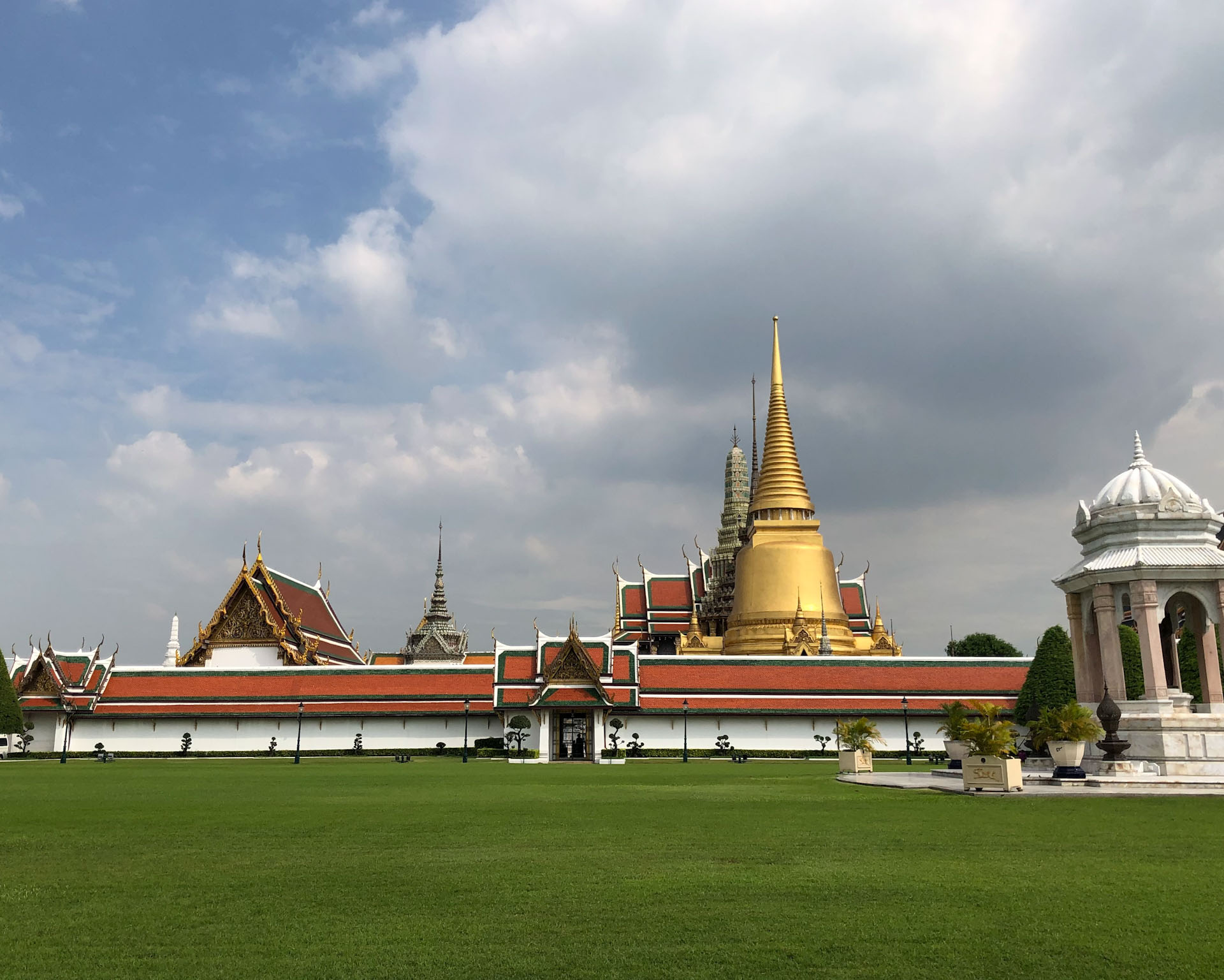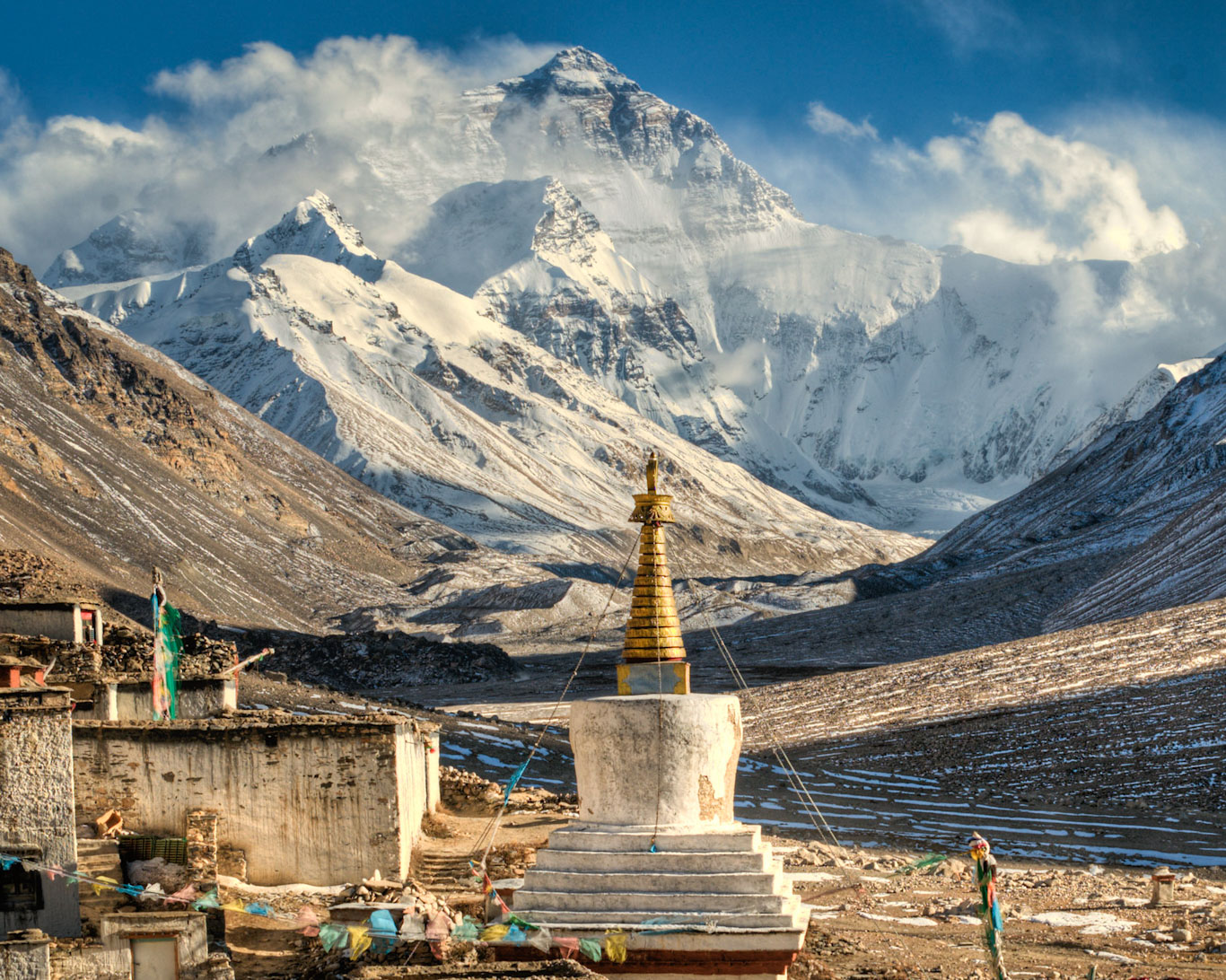One of the most alluring and distinctive experiences in Sri Lanka is seeing its scenic picturesque tea plantations, which is an island paradise with numerous attractions. Tea is not only a tasty beverage; Sri Lanka, which has been making some of the best teas in the world for more than 150 years, uses it as a cultural and historical emblem. In this blog article, we’ll look at some of the top tea estates in Sri Lanka that you can visit to sample various teas, learn about the production of tea, and take in the breathtaking views of the country’s verdant hills and valleys.
The History of Tea in Sri Lanka
After a fungal disease decimated the previously dominating coffee crops, the British introduced tea to Sri Lanka in the 19th century. James Taylor, a Scottish planter, founded the first tea plantation at the Loolecondera estate in Kandy in 1867. He experimented with various growing and processing techniques, and his tea quickly gained popularity throughout Europe. By the turn of the century, Sri Lanka (then known as Ceylon) was primarily recognized for its export of tea, which provided the British colonial overlords with riches and prestige.
Today, Sri Lanka is one of the top three tea producers in the world, cultivating tea on more than 200,000 hectares of land. Each year, the nation produces over 300 million kg of tea, which makes up roughly 25% of its export revenue. The quality, taste, and scent of Sri Lankan tea are known, and it is divided into many categories based on its elevation, area, and variety. Black tea is the most prevalent and well-liked of the three primary varieties, along with green and white.
The Best Sri Lanka Tea Plantations to Visit
The majority of Sri Lanka’s tea-growing region is found in the central highlands, where the climate and soil are perfect for the crop. The area is also endowed with stunning natural beauty, including foggy mountains, waterfalls, streams, and rolling hills covered with lush green tea plants. In Sri Lanka, there are several tea estates that may be visited, each of which offers a different experience and viewpoint. Some of the top ones are listed below:
- Kandy Tea Plantations: Known for its rich religious and cultural history, Kandy is one of Sri Lanka’s most popular tourist destinations. As well as being the first tea plantation in the nation, Loolecondera, the biggest tea factory, and Giragama, the most picturesque tea factory, it is also home to some of the oldest and most prominent tea farms in the nation. These estates provide guided tours where visitors may discover their histories and techniques of production. At their stores, you may also sip on a cup of freshly made tea and purchase some trinkets.
- Ella Tea Plantations: Little Adam’s Peak and Ella Rock are visible from the lovely hamlet of Ella in the southern highlands. It is also a well-liked location for outdoor adventures and trekking. Visiting Ella’s tea plantations, including Halpewatte (the most elevated tea factory), Uva Halpewatte (the biggest organic tea estate), and Nine Arches (a charming bridge over a tea valley), is one of the city’s attractions. These plantations are beautiful, and you may stroll or ride a bike through them. Additionally, you may tour their facilities and sample their teas.
- The colonial architecture and temperate environment of Nuwara Eliya have earned it the nickname “Little England” of Sri Lanka. It is also one of the most significant areas for growing tea in the nation, producing some of the best teas on the planet. The top tea estates to visit in Nuwara Eliya are Pedro, which is the closest to the town, Mackwoods, which is the oldest, Blue Field, which is the most welcoming to families, and Damro Labookellie, which offers the most engaging tours. To visit these estates and tour their gardens and industry, take a leisurely drive or train. In their cafés, you can also try their teas and take part in a classic English high tea.
- Haputale Tea Plantations: Located in the southern highlands, the little village of Haputale offers breathtaking views of the mountains and valleys that surround it. It is also a great location to visit some of scenic Sri Lanka ‘s most well-known tea plantations, including Dambatenne (where Sir Thomas Lipton founded his tea empire), Lipton’s Seat (where he used to enjoy his morning brew), Idalgashinna (the country’s first estate to receive organic and fair trade certification), and Adisham (a former monastery turned museum). To visit these estates and discover their tales and mysteries, you may trek or take a tuk-tuk. In their stores, you can also sample their teas and purchase some presents.
- Ruhuna Tea Plantations: Yala National Park, Mirissa Beach, and Galle Fort are some of the most well-known sites in Sri Lanka’s southern district of Ruhuna. Additionally, it is one of the regions in the nation with the lowest elevations for growing tea, providing robust, black teas that are excellent for blending. In Ruhuna, Handunugoda (where they produce white tea or “virgin silver tips”), Kahanda Kanda (where they grow organic green tea), and Herman’s (where they produce artisanal teas) are some of the finest tea farms to visit. You may take a tour of these plantations to see the teas’ cultivation and preparation. Try their teas as well, and take advantage of their hospitality.
Anyone who appreciates environment, culture, and history must visit Sri Lanka’s picturesque tea estates. It is a chance to experience Sri Lanka ‘s beauty and variety in addition to learning about one of the country’s most significant businesses and products. No matter what kind of tea you prefer—black, green, or white—you may discover a tea plantation that appeals to you. Therefore, take advantage of this chance to immerse yourself in the world of Sri Lankan tea!
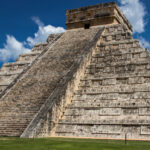
Exploring Mexico ’s Ancient Ruins
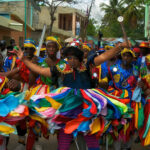
Haiti 's folklore traditions
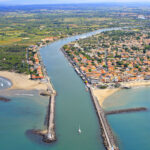
The Panama Canal
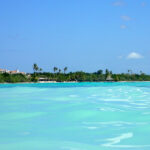
What is Dominican Republic known for







